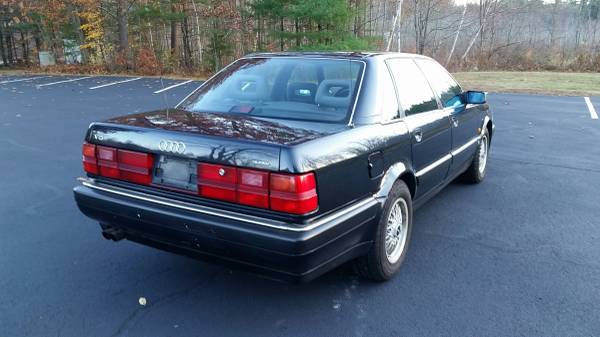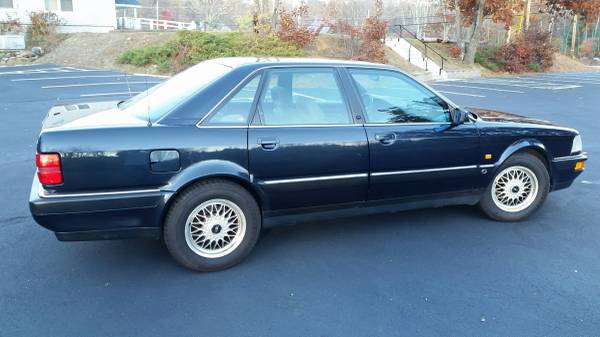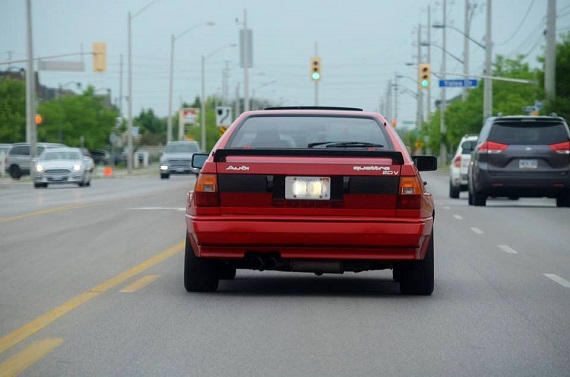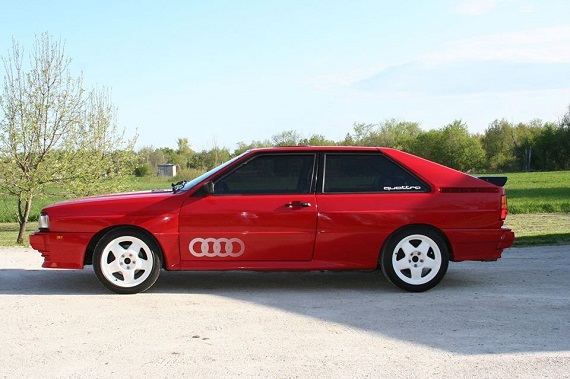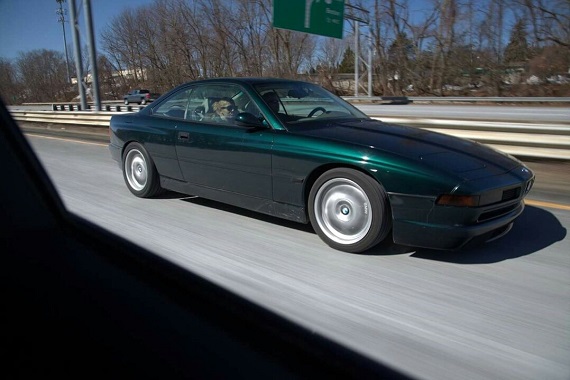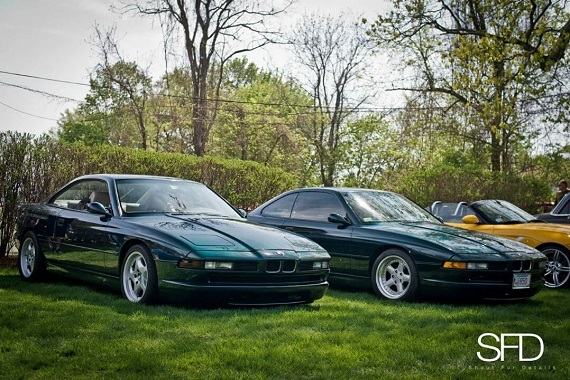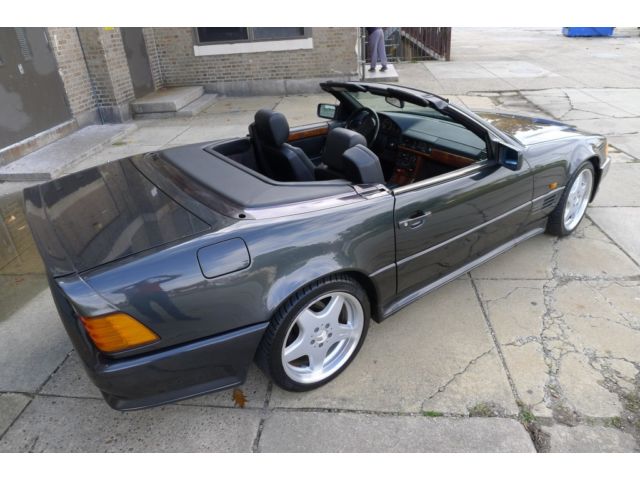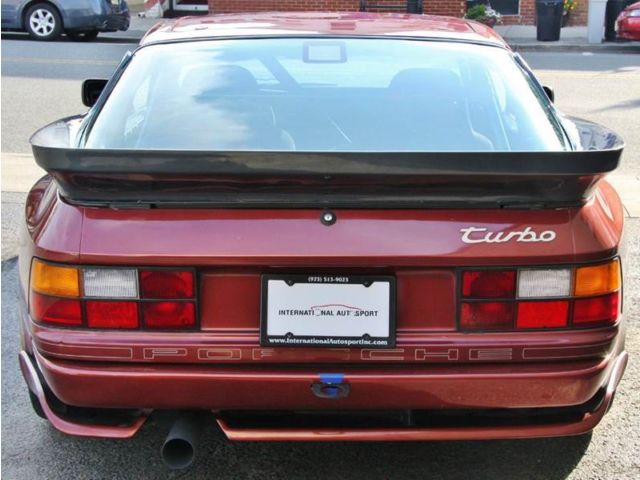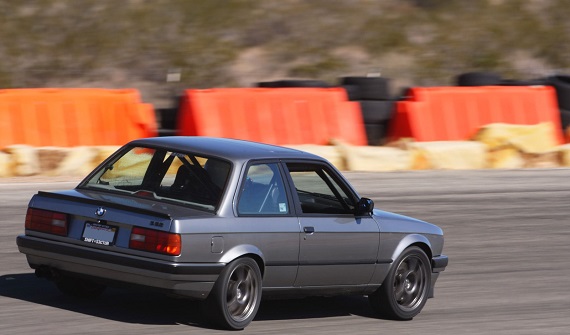Much as the Quattro set the trend for performance turbocharged all-wheel drive coupes in the 1980s, Audi launched another trend-setter in 1988. The V8 quattro was not an all-new design; it borrowed heavily from the Type 44 200 chassis, but several revisions completely redefined the character of Audi’s flagship. First was the motor, an all-aluminum quad cam V8 coded PT displaced 3.6 liters initially. If you thought it was effectively two Volkswagen 16V motors sandwiched together, you thought correctly – Audi mimicked what Porsche had done with the 944/928 motor designs. With 240 horsepower, the new V8 offered about a 20% boost in power over the 10V turbo motors that were in the European 200s. But the real innovation wasn’t the motor – it was the automatic transmission. Combining a multi-plate clutch center differential and an all-new Torsen rear differential, the V8 quattro drove decidedly quite differently than the inline-5 variants. Weight, while not down thanks to a host of luxury items, was moved backwards and the V8 was more balanced and less prone to understeer than the turbos were. Additionally, the torque was near instant. But by 1991, the gap between the now 20V variant of the 200 and the V8 was so narrow that Audi upped the displacement. The new ABH V8 upped the power to 276 horsepower and 296 lb.ft of torque. Outside, subtle changes helped to distinguish the luxury variant after Audi’s brief foray into absolutely no badging from 1990-1991. Now with small “V8” monikers front and rear, along with a small “quattro” script, the performance was quite a bit improved over the earlier car. Additionally, there were small changes to the 4.2 model – such as some new colors, a transmission cooler and a mildly revised cockpit featuring the updated climate control. But outside remained effectively unchanged, as the 4.2 wore the same forged BBS RG wheels that the 1991 3.6 V8s had. What was always a bit special was the presentation of the V8 quattro – low, hunkered down and widened over the normal slab-sided 200, the headlights and hood treatment hinted at the revised Audi design language that would carry through to the mid-2000s. Plus, the V8 quattro sported some awesome flares to pull it all together. If you like cars such as the 500E and 540i, you can thank the V8 quattro for establishing the benchmark for them. Yet considered over-complicated and prone to mechanical failure, few of these pioneering luxury Autobahn cruisers survive in the U.S. today:
Author: Carter
Contrary to popular belief, most of the elements of the Quattro were not pioneering. It was not the first production car with all four wheel driven – that distinction goes to the Jensen FF, which beat the Audi to market with a luxury 4WD GT by a full 15 years. It was not the first car to introduce turbo technology, as many manufacturers had been playing with forced induction for some time. Notably, some of the team that developed the Quattro came from the halls of Porsche, having worked on projects like the 924 Turbo previously. Even the signature box flares were borrowed from the Group 5 cars that raced in the 1970s. But the Quattro was the first to put all of these elements together and set the blueprint for what would become a fairly standard hot package going forward. The Ford Escort Cosworth, Lancia Delta Integrale, Subaru Impreza 22B, and Golf Rallye are but a few of the many that copied Audi’s trendsetter. And while some that followed were dynamically better than the Audi, it still has a mystique somehow greater than the both the sum of its parts and its inherently flawed design:
CLICK FOR DETAILS: 1983 Audi Quattro on eBay
1 CommentSuch is the pedestal AMG products are placed upon, perhaps it’s only Ruf that is better regarded as the leading tuning firm from Germany in the 1980s. Combining revised suspension, special exhaust and warmed over motors, AMG managed to straddle the line between outrageous and tasteful in the 1980s perfectly with wild body modifications that somehow worked just perfectly. Inside, they were the most opulent German cars you could buy with power seats and all the luxury items you’d expect from a top-tier luxury manufacturers. But the bad boys from Affalterbach, like the Ruf cars, managed to be more than the sum of their parts – a total package that is still stunning today. They didn’t just bolt on a bunch of bits to make a go-faster car. AMG redefined the packages of the car, bringing them to another level. Today we have two examples to consider from the end of AMG’s independence – which is the perfect creation from the 1980s for you?
